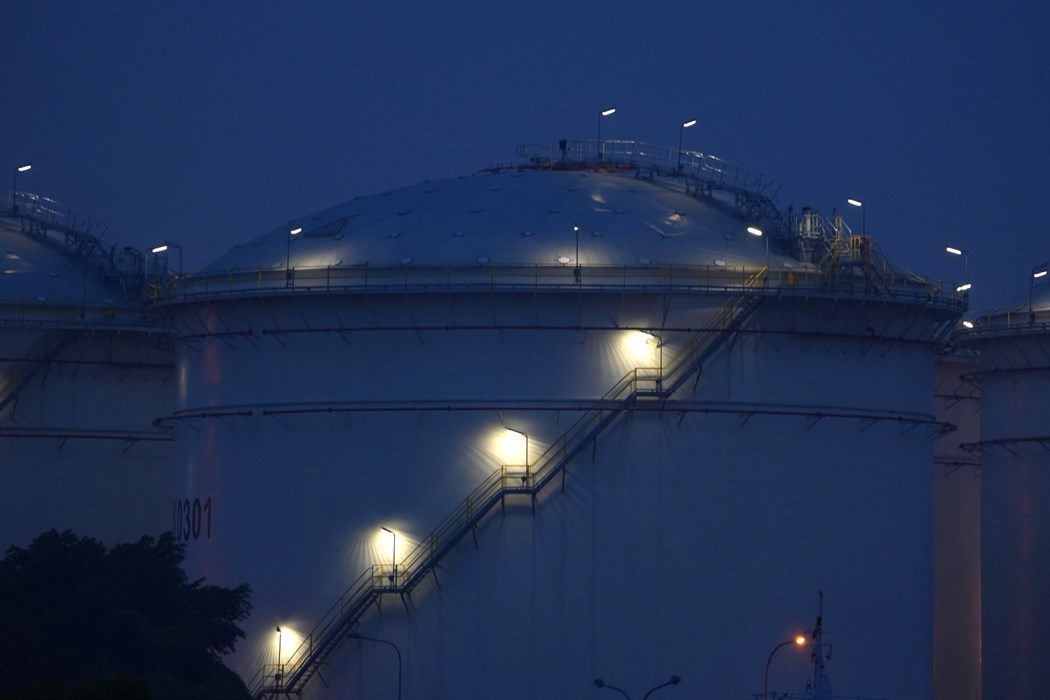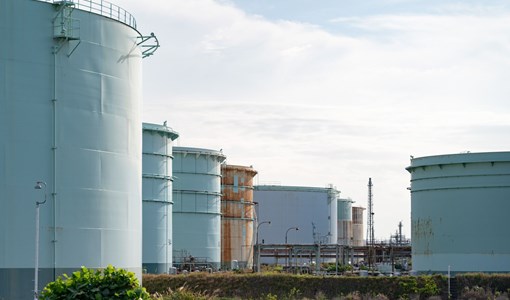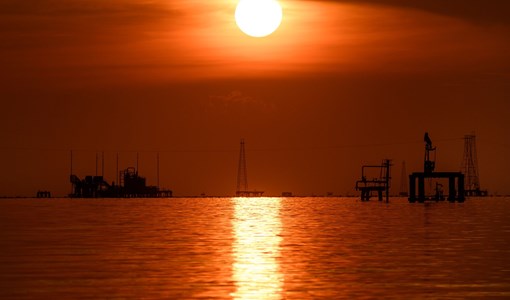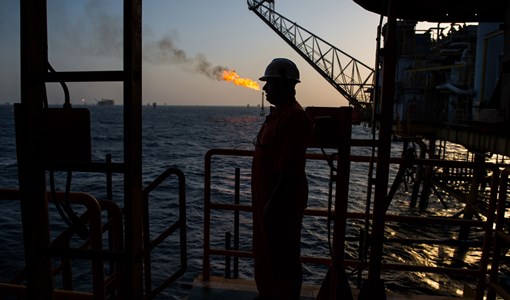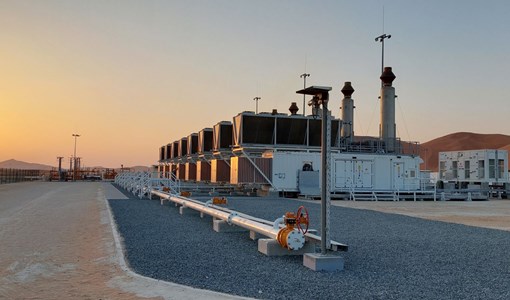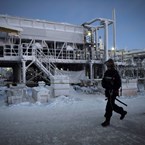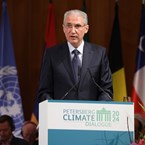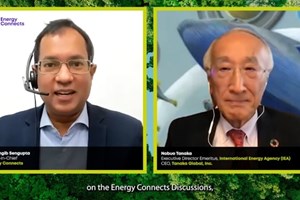Oil Steadies After Three-Day Decline as Demand Concerns Multiply
(Bloomberg) -- Oil was steady after a three-day decline as warnings from major US banks of a tough outlook for 2023 stoked concern over demand prospects and dented appetite for risk assets including commodities.
West Texas Intermediate traded near $74 a barrel after futures sank almost 9% over the previous three sessions despite optimism surrounding China’s move to loosen strict virus curbs. Among the predictions, Goldman Sachs Group Inc. Chief Executive Officer David Solomon said that he saw “bumpy times ahead.”

Crude is limping into the end of the year, with the US benchmark heading for the first back-to-back quarterly drop since mid-2019 as central banks tighten monetary policy. The latest leg down comes at a complex moment, with traders assessing the fall-out from Group of Seven curbs on Russian oil, including a price cap that’s meant to punish Moscow for the war in Ukraine. The slump comes against a backdrop of dwindling liquidity, stoking volatility.
Recession fears have “gripped the market as traders ponder monetary-policy tightening,” said James Whistler, managing director of brokerage Vanir Global Markets Pte in Singapore. “We are also seeing an early pull back in liquidity, with traders exiting positions after a highly volatile year.”
In response to the cap, which has been set at $60 a barrel, Russia is considering setting a price floor for its international oil sales. Moscow may either impose a fixed price for the nation’s barrels, or stipulate maximum discounts to international benchmarks at which they can be sold.
Traders are also tracking a visit by China’s President Xi Jinping to Saudi Arabia this week, during which he will take part in a summit with Saudi Crown Prince Mohammed bin Salman. China is the world’s largest crude importer, while Saudi Arabia is the driving force behind the Organization of Petroleum Exporting Countries. OPEC and its allies left supply unchanged last weekend.
Time spreads are signaling ample near-term crude supplies. The three-month spread for global benchmark Brent slipped further into contango — when later-dated futures trade at a premium to prompt contracts. The gap was at 56 cents a barrel in contango, compared with more than $4 a barrel in the opposite backwardated structure a month ago.
The American Petroleum Institute, meanwhile, reported that US stockpiles decreased by more than 6 million barrels last week, according to people familiar with the figures. Official inventories data follow later Wednesday.
Elements, Bloomberg’s daily energy and commodities newsletter, is now available. Sign up here.
More stories like this are available on bloomberg.com
©2022 Bloomberg L.P.
KEEPING THE ENERGY INDUSTRY CONNECTED
Subscribe to our newsletter and get the best of Energy Connects directly to your inbox each week.
By subscribing, you agree to the processing of your personal data by dmg events as described in the Privacy Policy.
More oil news

Oil Falls After Weekly Losses as Traders Focus on Mideast Risk
Apr 22, 2024
Skittish Oil Market Enters an Uneasy Calm Over Middle East Risk
Apr 19, 2024
Exxon’s Market Value Tops Tesla’s as Oil Rises, EV Sales Slow
Apr 19, 2024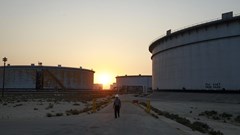
Oil Jumps Toward $90 After Israel Is Said to Strike Iran Targets
Apr 19, 2024
AD Ports Group signs deal with ADNOC Distribution for global distribution of marine lubricants
Apr 19, 2024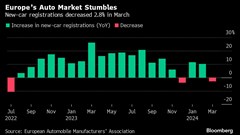
Europe Car Sales Drop in March as EV Weakness Persists
Apr 18, 2024
ADNOC to redeem exchangeable bonds in ADNOC Distribution upon maturity in June 2024
Apr 18, 2024
Oil Edges Lower as Israel Weighs Up Response to Iranian Attack
Apr 17, 2024
Oil Erases Gain as Traders Weigh Israeli Response to Iran Attack
Apr 16, 2024
Kent confirms enhanced project alliances with ExxonMobil and Repsol Norge
Apr 16, 2024
Chevron helping drive Egypt’s journey to become Africa’s energy powerhouse
Mar 11, 2024
Energy Workforce helps bridge the gender gap in the industry
Mar 08, 2024
EGYPES Climatech champion on a mission to combat climate change
Mar 04, 2024
Fertiglobe’s sustainability journey
Feb 29, 2024
P&O Maritime Logistics pushing for greater decarbonisation
Feb 27, 2024
India’s energy sector presents lucrative opportunities for global companies
Jan 31, 2024
Oil India charts the course to ambitious energy growth
Jan 25, 2024
Maritime sector is stepping up to the challenges of decarbonisation
Jan 08, 2024
COP28: turning transition challenges into clean energy opportunities
Dec 08, 2023
Why 2030 is a pivotal year in the race to net zero
Oct 26, 2023Partner content

Ebara Elliott Energy offers a range of products for a sustainable energy economy

Essar outlines how its CBM contribution is bolstering for India’s energy landscape

Positioning petrochemicals market in the emerging circular economy

Navigating markets and creating significant regional opportunities with Spectrum


